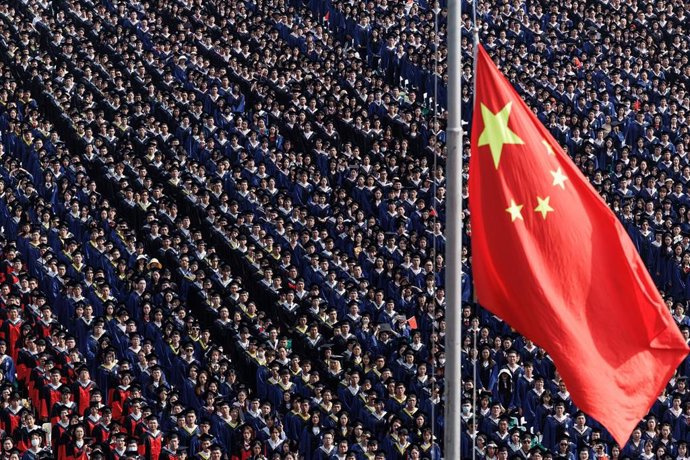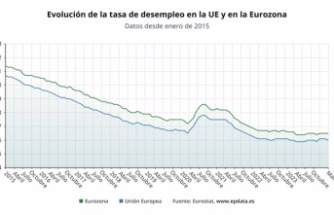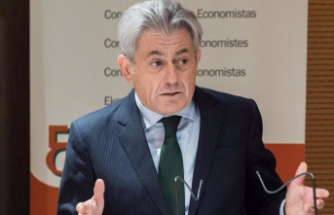MADRID, 1 Abr. (EUROPA PRESS) -
China's gross domestic product (GDP) growth will slow its expansion pace this year to 4.5% from the 5.2% recorded in 2023, while the Asian giant's expansion next year will slow to 4.3% , according to the latest projections from the World Bank.
Despite the loss of momentum in China's growth, the World Bank's new forecasts represent an upward revision of one tenth of the forecasts published last October, when the international institution predicted an expansion of 5.1% for 2023 and 4.4% for the current year.
"China aims to transition to a more balanced growth path, but the quest to boost alternative demand drivers is proving difficult," warns the World Bank.
In its analysis, the twin institution of the International Monetary Fund (IMF) highlights that, after the strong rebound in early 2023 due to the reopening of the economy after Covid, the growth momentum in China has slowed.
In this sense, deflationary pressures, the fall in used capacity and the situation of the labor market suggest that aggregate demand is below aggregate supply, while investment in infrastructure and real estate, the main drivers of growth, has slowed down substantially. in the last decades.
"A central challenge is the high savings rate and, therefore, relatively low domestic consumption," says the institution, warning that China requires high investment rates, high levels of exports or high levels of government spending to sustain the economy. aggregate demand.
Thus, to support aggregate demand, although Beijing has announced a moderate macroeconomic stimulus to achieve a balance between short-term stimuli and the longer-term objective of stable and sustainable growth, the World Bank considers that "it will be "more than conventional fiscal stimulus is needed" to address structural imbalances in aggregate demand.
In contrast, reforms aimed at reducing precautionary savings, such as strengthening social protection and pensions, more progressive taxation, and reallocating public infrastructure spending to human capital, would stimulate consumption and lead to more balanced growth.
At the same time, a transparent and predictable regulatory environment and equal treatment for companies, regardless of ownership, would support investor confidence and encourage private investment, while allowing market forces to play a greater role in capital allocation, mitigating the risks of excess capacity.
At the beginning of March, Chinese Prime Minister Li Qiang announced in the National People's Congress that the Government hopes to achieve GDP expansion "of around 5%" in 2024, similar to that set for last year, when the economy finally China recorded an expansion of 5.2%, accelerating from 3% growth in 2022.
On the other hand, the World Bank expects growth in the East Asia and Pacific region to moderate to 4.5% in 2024 from 5.1% last year, and to 4.3% next year.
Growth in developing countries in East Asia and the Pacific excluding China is expected to rise to 4.6% this year, up from 4.4% in 2023, and gain momentum in 2025, when it will reach 4.8%. %.
In this sense, the institution highlighted that most developing economies in East Asia and the Pacific, apart from several Pacific island countries, "are growing faster than the rest of the world, but slower than before the pandemic." .
"The East Asia and Pacific region is making a strong contribution to global economic growth, even as it faces a more challenging and uncertain global environment, aging populations and the impacts of climate change," said Manuela Ferro, vice president of Asia. Eastern and Pacific World Bank.













